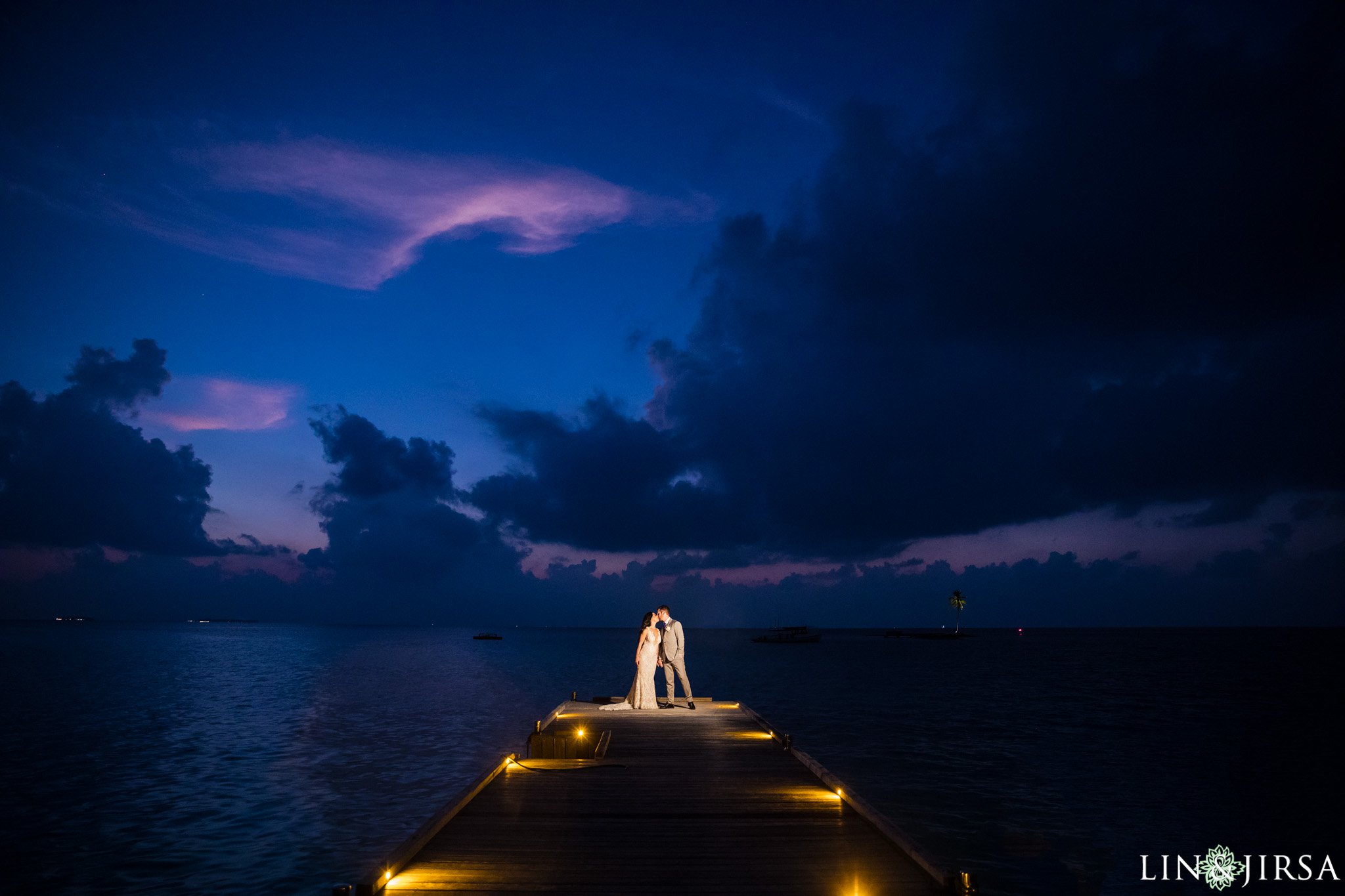-
Term: Blue Hour
Description:Blue hour is the period of twilight that occurs after golden hour, when the sun has set significantly below the horizon but the sky is not yet dark. The blue color is caused by the residual, indirect sunlight in the sky.
Blue Hour
Blue Hour Photography: Tips and Techniques for Stunning Shots
Blue Hour, also known as magic hour or civil twilight, is the period of time just before sunrise and after sunset when the sky takes on a deep blue hue. This unique lighting condition can create stunning images that are both dreamy and dramatic. If you’re a photographer looking to capture the beauty of Blue Hour, here are some tips and techniques to help you create stunning shots.

What is Blue Hour?
Blue Hour is a period of time before sunrise and after sunset when the sun is below the horizon, and the sky takes on a deep blue hue. During this time, the ambient light is low, and the sky appears evenly lit, making it a great time for photography. Blue Hour is different from Golden Hour, which occurs just after sunrise and just before sunset and has a warm golden hue.
Planning for Blue Hour Photography
The timing and location of your shoot are crucial when it comes to Blue Hour photography. To plan for Blue Hour, you need to know the exact time when it occurs in your location. Many apps and tools are available that can help you plan for Blue Hour, such as the Photographer’s Ephemeris, Sun Surveyor, and Golden Hour. Once you have the timing down, scout out locations that will provide interesting subjects or scenery during Blue Hour.
Tips for Shooting during Blue Hour

Blue Hour photography requires some knowledge of camera settings and techniques to get the best results. One of the most important things to remember is to adjust your camera’s white balance to a cooler setting to bring out the blue tones. You should also shoot in RAW mode to capture more detail and have greater flexibility in post-processing. It’s also essential to use a tripod or other stabilizing equipment to ensure sharp, clear images. Lastly, consider using filters, such as neutral density or graduated filters, to balance the exposure and capture details in the highlights and shadows.
Creative Techniques for Blue Hour Photography
Blue Hour provides a unique opportunity for creative photography. One technique is to capture reflections in water or other reflective surfaces. You can also experiment with using long exposures to create blurred motion or light trails. Light painting is another technique that can create striking images during Blue Hour. By using a flashlight or other light source to paint light onto your subject, you can create a surreal and dreamy effect.
Post-Processing Tips for Blue Hour Photography
Post-processing can help you enhance and fine-tune your Blue Hour shots. Adjusting the white balance and color temperature can bring out the blue tones in your image, while reducing noise can make your images look cleaner and sharper. You can also use software to add contrast, adjust the exposure, and sharpen your images.
Conclusion
Blue Hour photography provides a unique and captivating lighting condition that can create stunning images. By planning your shoot, adjusting your camera settings, and using creative techniques, you can capture the beauty of Blue Hour and take your photography to the next level. With the right knowledge and tools, you can create breathtaking images that will capture the imagination of viewers.
Related Articles to Blue Hour Definition
Landscape Composition Tips and Ideas for Photographers
Travel and landscape photography presents a number of unique challenges, but having the privilege to interact with our environment and…
10 Winter Landscape Photography Tips for Better Photos
Would you like to learn how to take great winter landscape photos? Well, we’ve put together a number of the…
Landscape Photography Tips For Incredible Results
Save time learning landscape photography and avoid common mistakes with these 7 simple tips from Mads Peter Iversen.
Forest Photography Tips & Guide for Better Photos
“And into the forest, I go to lose my mind and find my soul.” – John Muir This quote is…




Get Connected!